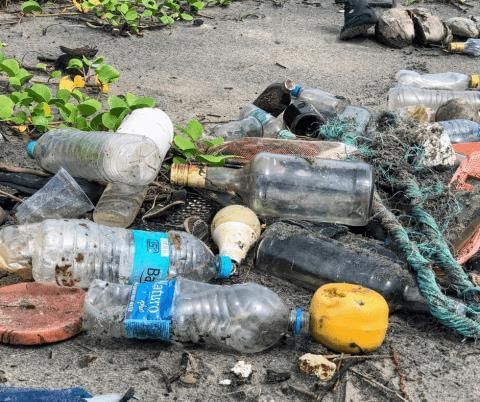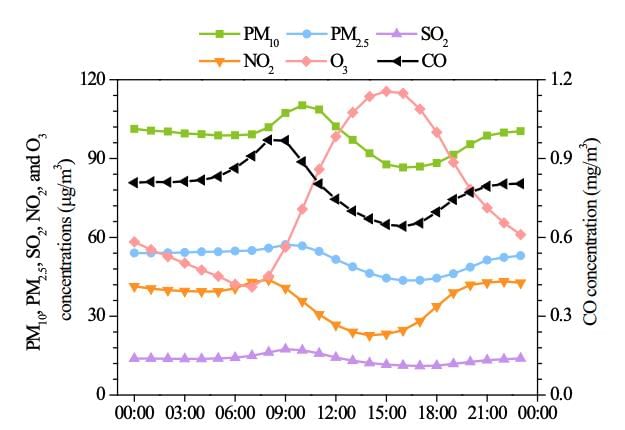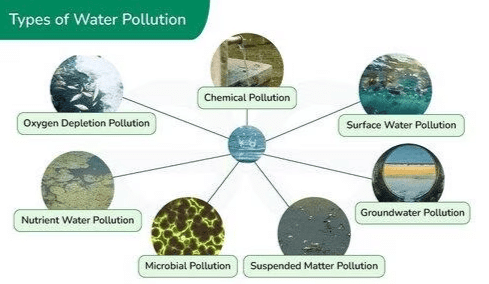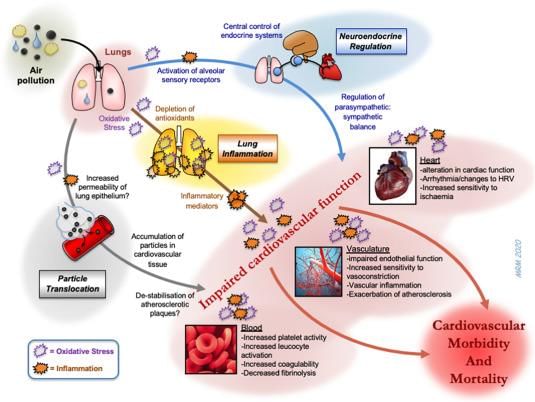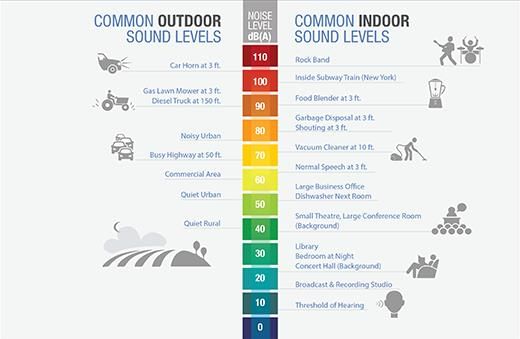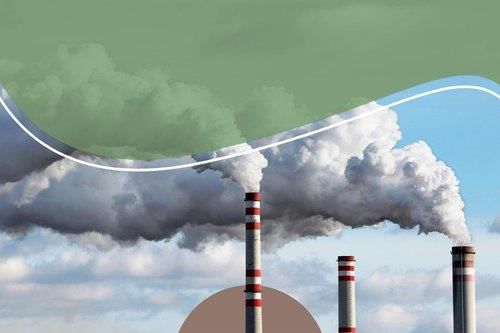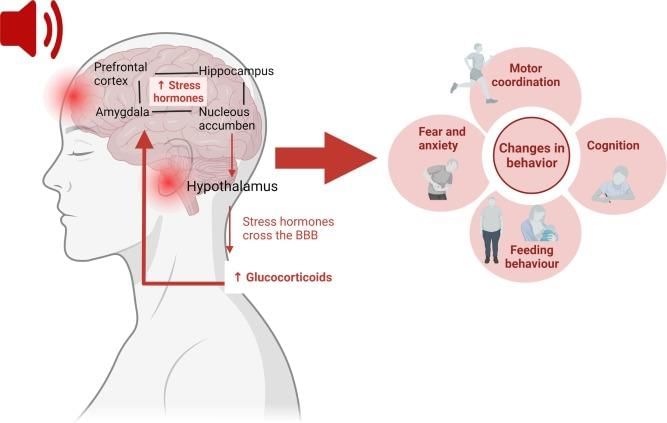|
True or False: Natural sources of water pollution include erosion and landslides. |
Card: 3 / 50 |
|
Fill in the blank: A pollutant can be a substance that is present in ___ concentrations than usual. |
Card: 5 / 50 |
|
True or False: The introduction of harmful substances into water bodies degrades water quality for human use. |
Card: 9 / 50 |
|
Fill in the blank: Water becomes polluted when the amount of harmful substances exceeds a certain ___ . |
Card: 11 / 50 |
|
Industrial activities are a major source of water pollution, leading to contamination and degradation of water quality. |
Card: 14 / 50 |
|
Contaminated water can lead to serious health problems, including ___ and ___ diseases. |
Card: 15 / 50 |
|
True or False: The Namami Ganga Programme aims to primarily focus on industrial waste management and urban development. |
Card: 17 / 50 |
|
False. The Namami Ganga Programme aims to develop sewage systems, enhance riverfronts, promote afforestation, and raise public awareness to reduce pollution. |
Card: 18 / 50 |
|
Burning fossil fuels, mining, and industrial activities that emit substances like oxides of sulfur, nitrogen, hydrocarbons, carbon dioxide, carbon monoxide, lead, and asbestos. 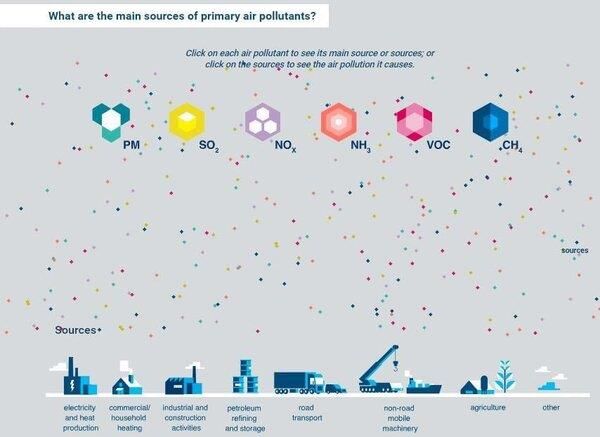 |
Card: 20 / 50 |
|
Air pollution can lead to serious health issues affecting which systems of the body? |
Card: 21 / 50 |
|
True or False: Acid rain is a direct result of water pollution from industrial waste. |
Card: 25 / 50 |
 Unlock all Flashcards with EduRev Infinity Plan Starting from @ ₹99 only
|
|
False. Acid rain is caused by air pollution, particularly from toxic gases that react with water vapor in the atmosphere. 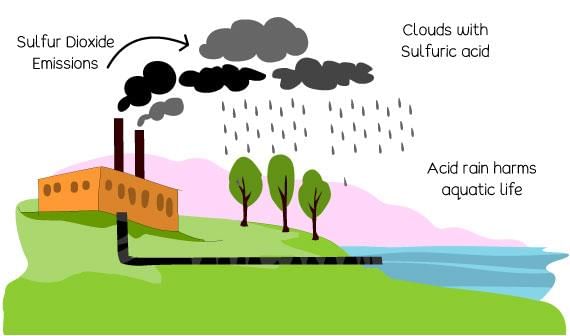 |
Card: 26 / 50 |
|
Fill in the blank: The presence of harmful substances in the Earth's atmosphere is referred to as ___. |
Card: 27 / 50 |
|
Urban smog is a thick, smoky fog that appears in cities due to air pollution, primarily from industrial emissions and vehicle exhaust. 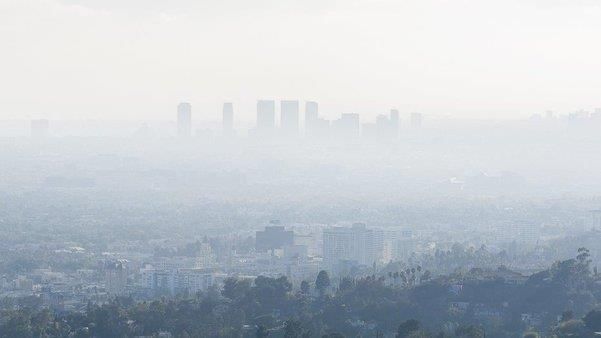 |
Card: 30 / 50 |
|
Noise pollution is primarily caused by ___, mechanized construction, and ___ activities. |
Card: 31 / 50 |
|
False; Other contributors include industrial noise, construction activities, and community events. 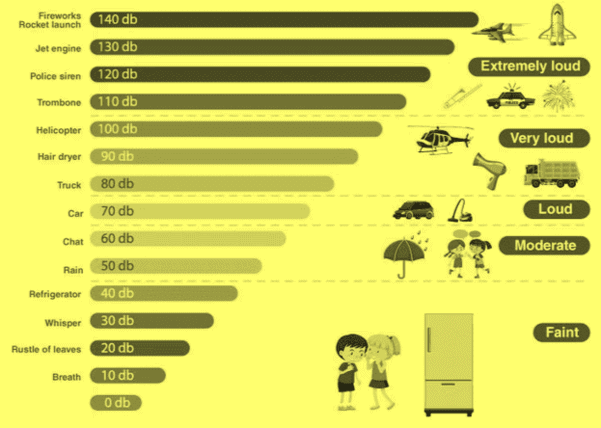 |
Card: 34 / 50 |
|
The primary sources include machine operations, tools used in manufacturing, and the type of industry. |
Card: 36 / 50 |
|
In urban areas, noise pollution can lead to mental health issues such as ___ and ___. |
Card: 37 / 50 |
|
True or False: The intensity of noise pollution increases as one moves farther from its source. |
Card: 39 / 50 |
|
False; The intensity of noise pollution decreases with increasing distance from the source. 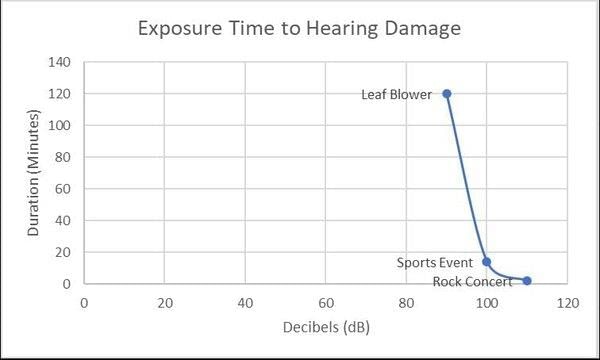 |
Card: 40 / 50 |
|
Fill in the blank: Noise pollution from sea traffic is primarily limited to the ___ due to loading and unloading activities. |
Card: 41 / 50 |
|
Urban areas often struggle with solid waste management due to ___ and ___ infrastructure. |
Card: 45 / 50 |
|
True or False: Industrial waste is usually disposed of in well-managed sites to prevent environmental issues. |
Card: 47 / 50 |
|
False. Industrial waste is usually disposed of in low-lying public areas or landfills, leading to environmental concerns. |
Card: 48 / 50 |
|
What percentage of waste is effectively collected in smaller towns compared to major cities? |
Card: 49 / 50 |
|
In smaller towns, only 30-50% of waste is properly collected, while major cities manage about 90%. |
Card: 50 / 50 |





